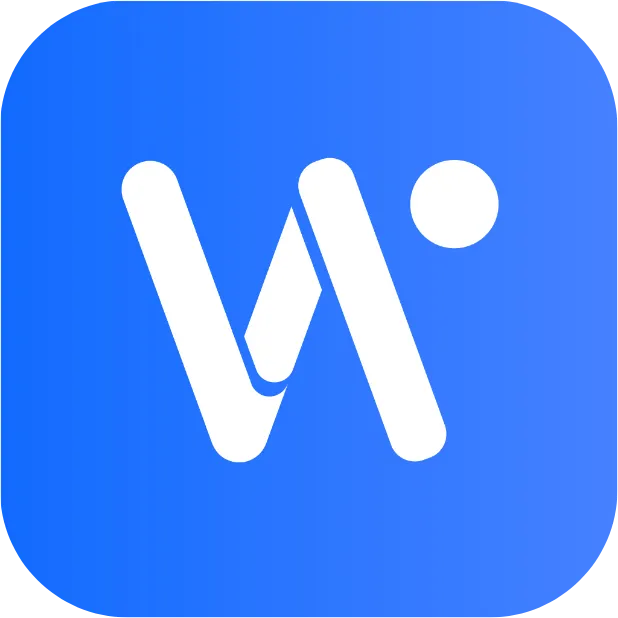Everyone should know Google Ads' AI revolution in 2025
Driven by the rapid iteration of artificial intelligence and the dynamic evolution of privacy regulations, the advertising industry landscape is undergoing profound changes. As third-party cookies fade away and consumer behavior becomes fragmented, marketers need to reinvent their strategies to maintain their competitive advantage. Recent innovations in Google Ads, from AI-driven ad creative tools to privacy-focused performance measurement solutions, reveal a future trend: the traditional conversion funnel will be replaced by a dynamic, behavior-driven influence network. Think of Delivery Hero, a global food delivery leader, achieving a 52% return on advertising spend (ROAS) increase by integrating first-party data with Google Ads’ AI technology, and brands like Pixel using generative AI to optimize ad creatives in real time. These cases all confirm the key fact: the future of Google Ads lies in the integration of AI automation, privacy compliance, and highly personalized consumer journeys. This article explores how these drivers will reshape the digital advertising ecosystem by 2025.

1. AI-Driven Advertising Technology Innovation
AI has evolved from a conceptual technology to a core driver of advertising operations, driving a leap forward in efficiency and accuracy. Take Google Media Lab's tools as an example. Through AI-driven creative effect analysis, it uses metadata (such as brand recognition location and visual emotional clues) to predict advertising performance with an accuracy rate of 70%. Taking Pixel’s European Cup marketing campaign as an example, after applying AI technology in the advertising scene, it was found that 50% of the test audiences had a negative attitude towards background music, and based on this, it achieved real-time optimization and adjustment of creative content.
In addition to creative optimization, AI also accelerates the conception process of advertising strategies. Gemini-based trend analysis tools can interpret cultural changes in minutes and generate actionable insights - such as pushing Pixel 9 ads to Generation Z basketball fans, such insights that would traditionally require weeks of manual research. Media procurement has also undergone changes: predictive models analyze first-party data to target high-value users, while reducing costs by 43% and increasing incremental conversions by 72%.
For brands looking to leverage technological innovation, Topkee's AI-enabled services can build a competitive advantage. Its TTO initialization tool automates conversion tracking and cross-account budget management, while AI-generated creatives, with the support of manual optimization, ensure that content is in sync with market trends. Of particular note is that the service's attribution remarketing strategy optimizes delivery through behavioral segmentation, significantly increasing user purchase intent compared to conventional advertising.
The key point is that the actual effectiveness of AI technology in advertising scenarios is highly dependent on data foundations. Brands need to pay attention to the accumulation of structured first-party data and use tools such as Topkee advertising report analysis to fully unleash the benefits of marketing investment - this confirms that in the advertising industry landscape in 2025, AI technology has been upgraded from an optional solution to a core configuration required by the industry.

2. Privacy-Centric Advertising in 2025
As third-party cookies gradually phase out, marketers need to adopt privacy protection strategies in Google Advertising. Google uses GA4 to integrate first-party data, helping brands achieve a balance between advertising effectiveness and strategic transformation. For example, Delivery Hero's three-layer strategy: using GA4 to optimize CPA ads, AI predicts customer lifetime value to double high-value customer acquisition, and anonymizes data with privacy AI tools; Google Meridian model measures cross-channel impact by aggregating data, and Demand Gen ads rely on contextual signals such as YouTube viewing habits (rather than personal identifiers) for delivery. Pedidos Ya uses first-party data combined with AI bidding to increase high LTV customers by 13%, proving that privacy and performance can be achieved at the same time. In addition, consumer behavior has shifted from linear funnels to "4S" non-linear paths, influence maps draw touchpoints through AI, generative AI innovates advertising creativity - Performance Max improves material production efficiency, AI image editing adapts formats, and immersive experiences such as virtual try-ons and dynamic ads are eliminating the boundaries between content and consumption.
2.1 Impact Maps and the Rise of the “4S” Behavior Model
Traditional linear funnels have been rendered obsolete by the fragmented, nonlinear consumer journey—defined by streaming, scrolling, searching, and shopping (4S behavior). Google Ads’ collaboration with Boston Consulting Group highlights how influence maps now decode these dynamic paths. For example, a travel brand might discover booking surges occur after users engage with destination videos following blog content, revealing hidden touchpoints. AI-driven influence mapping tools analyze these interactions to prioritize high-impact moments, enabling brands to allocate budgets strategically.
For marketers seeking to navigate this complexity, Topkee’s attribution remarketing strategy leverages behavioral segmentation to identify high-intent users, delivering personalized ads that align with their 4S journey. Combined with its advertising report analysis, brands gain actionable insights to optimize touchpoint sequencing.
2.2 Generative AI’s Creative Revolution
Generative AI is transforming ad production and personalization at scale in Google Ads. Google’s Performance Max, for instance, now offers AI-powered asset generation, allowing brands like Event Tickets Center to produce creatives 5x faster. Advanced image-editing capabilities—such as background extensions or object insertion—enable real-time creative adaptations. Similarly, AI ensures messaging consistency across channels; a retailer using generative AI to align social media marketing unboxing videos with product pages saw a measurable uplift in conversion rates.
Topkee’s AI-generated creatives complement this shift, combining machine learning with manual optimization to ensure ads resonate with evolving trends. Its TTO Initialization tool further simplifies the creative testing process by automating conversion tracking and cross-account performance analysis.
2.3 Immersive Experiences Blurring Content and Commerce
The boundaries between ads and experiences are dissolving. Shopping ads now incorporate virtual try-on capabilities, while AI-driven search recommendations (such as storage units based on furniture photos) contextualize user intent. YouTube’s animated ad stickers and Demand Gen’s vertical videos are proof that platforms are prioritizing interactive experiences over disruptive communications. These innovations align with Google Advertising’ broader shift toward AI-optimized journeys, where dynamic touchpoints—not rigid funnel stages—drive decisions.
To capitalize on this trend, Topkee’s TM settings tool enables granular tracking of ad performance across immersive formats, while its keyword research services ensure campaigns align with intent-rich queries in these new environments.

3. Challenges and Prospects of AI Implementation in Advertising in 2025
Adopting AI in Google Ads requires organizational flexibility. For example, Google's cross-functional team across marketing, legal and product highlights the need to break down departmental barriers. Balancing automation and control is also a key challenge. For example, the Smart Bidding Exploration function can discover hidden opportunities, but it requires trust in AI judgment. At the same time, brands need to cultivate a culture of testing and learning. Delivery Hero's iterative approach to expanding AI strategies market by market proves that gradual integration can achieve sustainable growth. Looking ahead to 2025, the measurement of success for Google Advertising will shift from clicks to predicting user lifetime value. For example, AI Mode for Search for complex queries such as "small business website tips" can accurately display ads when users search. The winning brands in the future will embrace the entire AI ecosystem. From Veo's video ads to AI-driven agency assistants that simplify advertising campaign management for small and medium-sized enterprises, they all reflect the trend of AI as the core of marketing success.
Conclusion
The future of Google advertising has arrived. It will be based on intelligence, privacy protection and consumers. Whether you want to optimize first-party data like Delivery Hero or try generative AI creatives, the time has come! Need guidance? Contact Topkee’s professional team to lead this industry revolution.







